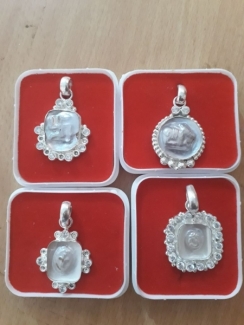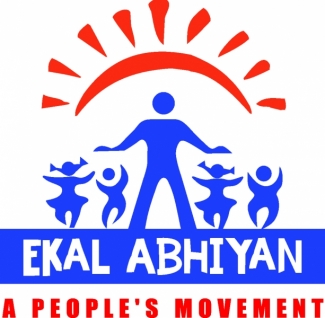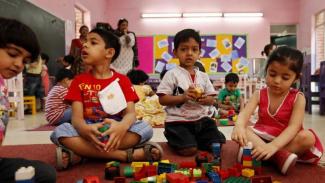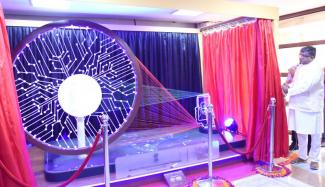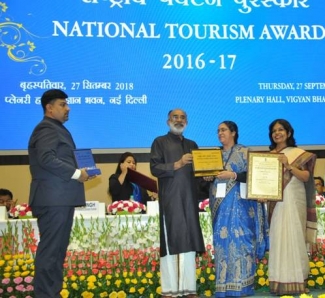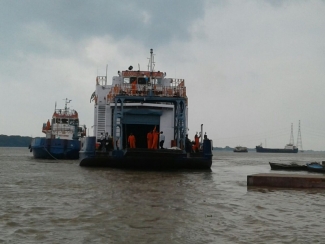
The Minister for Shipping, Road Transport and Highways, Shri Nitin Gadkari flagged off two vessels viz. MV Joy Basudev (capacity 1400 tons) and MV V.V Giri (capacity 300 tons), containing newly assembled cars of Maruti Suzuki and construction material on Friday in Varanasi. These two vessels will travel to Haldia.
The Minister said this transport system will promote jobs to lakhs of people in Uttar Pradesh and will enable 11 power stations in the State to get timely supply of coal. He said this will reduce road traffic congestion and also cost less. This route between Varanasi and Haldia will also join Allahabad and Kanpur in the future, he added. Shri Gadkari said Inland waterways will also be used for transporting passengers and entertainment and the Government is extending this facility on 111 waterways. He also said that between Varanasi and Haldia 3 Multi Modal Terminals will be created and river banks will be protected. The Minister said that Digital Global Positioning System will be installed and dredging will be done to ensure that the river is navigable through out the year.
Like the National Highways, these would be called National Waterways and this particular route is being termed as NW-1. Developed under the Jal Marg Vikas Project, NW-1 is a waterway of national significance passing through U P, Bihar, Jharkhand and West Bengal, potentially serving the major cities of Haldia, Howrah, Kolkata, Bhagalpur, Patna, Ghazipur, Varanasi, Allahabad and their industrial hinterlands including several industries located along the Ganga basin. The rail and road corridors of this region are already saturated. Hence, the development of NW-1 would result in a viable economical, efficient and eco-friendly mode of transport and huge quantities of cargo can be transported thereby helping in economic development of this region.
Phase-I of the project covers the Haldia-Varanasi stretch. The project includes development of fairway, construction of new Multi-Modal Terminals at Varanasi, Haldia, and Sahibganj, strengthening of open river navigation system, conservancy works, modern River Information System (RIS), Digital Global Positioning System (DGPS), night navigation facilities, modern methods of channel marking, construction of a new state of the art navigational lock at Farakka etc.






